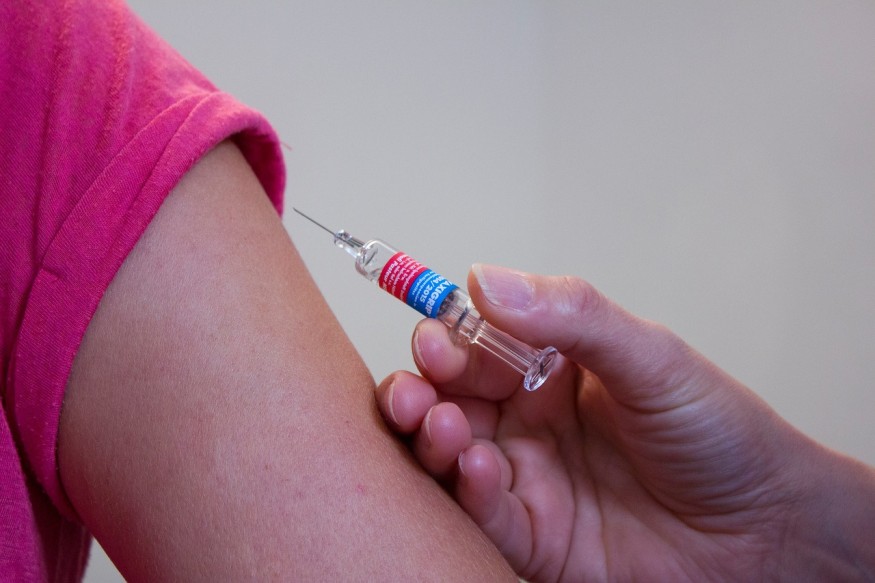
Fungal infections are becoming more prevalent in some places like the US. But unlike diseases caused by viruses or bacteria, there is currently no available vaccine to protect us against any form of fungal threat.
Rise of Fungal Infections
Just like other forms of microorganisms, fungi are all around us. They are present in the air we breathe, on the objects and surfaces we touch, and all over the interior and exterior of our bodies.
The public does not generally consider fungi as pathogens, but these microorganisms can actually cause an array of disease. Fortunately, most individuals are at low risk for fungal infections, as long as their immune systems are normally functioning.
The worst form of fungal infection that can affect a healthy person is one caused by a yeast that belongs to the Candida genus. One common form of candidal infection is a vaginal yeast infection which leads to 1.4 million clinic visits a year in the US. Other examples include ringworm and nail infections.
Fungal infections are much more alarming for people with compromised immune systems. All over the world, a total of 13 million infections and 1.5 million deaths are caused by fungi every year. In 2018, Americans spent almost $7 billion to treat such infections.
In October 2022, the World Health Organization (WHO) released the WHO fungal priority pathogens list to highlight public health policies needed to address fungal diseases as a growing global health concern. The top three fungal pathogens on the list include Candida auris, Cryptococcus neoformans, and Aspergillus fumigatus.
Read also: Virus vs. Bacteria vs. Fungi: How Do These Germs and Their Infections Differ From One Another?
Challenges in Developing Fungal Vaccines
One of the major obstacles to overcome in creating a fungal vaccine is the need to induce protection in immunodeficient conditions. Unfortunately, finding participants for clinical trials testing vaccines is a complicated process.
To determine the effectiveness of a vaccine, researchers must test them to promising candidates in large populations of humans. However, medical ethics prevent scientists from experimentally infecting humans. Instead, they need to wait for people in the clinical trial to naturally encounter the disease that they are trying to prevent.
The more rare the disease is, the more people experts need to monitor it to look for the disease. Although severe fungal infections are a growing health concern, they are still uncommon compared to bacterial or viral diseases.
Aside from this, it is also difficult to design vaccines that can work for immunocompromised individuals who need them the most. For a vaccine to be effective, it should train a person's immune system to quickly respond to a certain pathogen. Unfortunately, suppressed immune systems are hard to train safely.
Additionally, fungal cells have more resemblance to human cells than those of viruses or bacteria. This means that it is more difficult to design a vaccine which instructs the immune system to attack fungal cells without causing damage to human cells.
Even if a fungal vaccine is shown to be effective and safe in clinical trials, it should also have the potential to make a profit to get to mass production. In other words, vaccines that prevent only a small number of infections are not economically viable. To overcome this concern, scientists are trying to develop vaccines that can develop multiple fungal infections, if not all of them.
RELATED ARTICLE: Next Pandemic Could Come from Fungi, Here's Why
Check out more news and information on Fungal Infection in Science Times.












